How about them odd-looking Commodore 64 paddle controllers, huh? I can’t say that I have actually owned (or even felt that I missed) a paddle controller back in the 1980s. So why do a review on them? Well, it turns out that quite a few games take advantage of this type of controller including classic games like Pong and Arkanoid. And most importantly, the games become so much more fun to play when using the right controller!
Paddle controllers can easily be recognized by their big bulky knobs placed on top of them. Turning the knob usually controls the movement of an object along one axis (i.e. up and down in the classic game of Pong). I have collected three commonly available paddle controller systems that can be used in Commodore 64 paddle enabled games. The controllers are the Commodore VIC 20 paddles, the Commodore Model 1312 paddles and the Atari 2600 standard paddles.
The knob (or paddle wheel) is mechanically coupled to a potentiometer inside the controller case. The position of the paddle wheel alters the voltage going to the SID sound chip. Furthermore, the SID chip can differentiate among 256 unique steps, which makes the paddle controller a highly sensitive device. Each joystick port can accomodate two analog input devices (like a game paddle) hereby allowing a total of four paddles to be connected simulataneously. The paddle controllers in this review therefore come in pairs.
I have managed to compile a list of 41 paddle games for the Commodore 64. These are the games that I have played using the three paddle controller systems described below. There may be more Commodore 64 paddle games out there, but these were the ones I could find.
…and the paddle battle is about to commence…
Commodore VIC 20 Paddles:
I got this set of new old stock (NOS) paddles from the Sinchai retro shop before it closed. I only paid about 11$ for them and I quickly found out why… Besides being ugly, bulky and flimsy, they also make it extremely hard to use the fire buttons due to the location in front of the knobs. Using the controllers in games which heavily depends on the fire button (e.g. Panic Analogue from goin’ Sideways) made my hands hurt after a short while. Nevertheless, they work but I would not recommend them as a first choice. To be honest, I threw them back in the nice box they came in after about 30 minutes of gameplay…
The inside of the paddle looks like this. They should have 470kΩ potentiometers but I measured them to be a little higher at 625kΩ.
These paddles can rotate their knobs by 300°. However, it is only a fraction of the total rotation that is actually being used for controlling the games. I therefore measured the ‘sensitivity’ of the paddles by measuring how many degress the knob has to be turned in order to go from from minimum to maximum (i.e. how far the knob has to be turned in order to make the in-game object move from one side of the screen to the other). These paddles have a sensitivity of approximately 100°.
Commodore Model 1312 Paddles:
This is a very well preserved set of Commodore Model 1312 paddles that I got cheap off the internet (like 20 $). The paddle case is smaller and the plastic feels sturdy. Contrary to the Commodore VIC 20 model described above, the fire button is placed where I would normally have my thumb (holding it the controller in my left hand and turning the knob with my right hand) and it is much more responsive. This makes these controllers so much more comfortable to play with.
The inside of the paddle looks like this. They should use 470kΩ potentiometers and I measured them to be 465kΩ.
The paddles can also rotate their knobs by 300° and have a sensitivity of approximately 135° which is quite a lot especially if a game dictates that maximum movement is performed often during gameplay. Not a biggie, but I like the paddles to be just a tad more responsive.
Atari 2600 Standard Paddles:
The atari 2600 standard paddles have different potentiometers which makes them more responsive in comparison to the controllers made by Commodore. However, the shape and location of the fire buttons and knobs converge with the Commodore Model 1312. The only visual differences are the paddle color, the sticker and the logo.
The inside of the paddle looks like this. They should have 1000kΩ (1MΩ) potentiometers as written on them, but I measured them to be 843kΩ.
The paddles can rotate their knobs by 300° and they have a sensitivity of approximately 90° which makes them the most responsive set of paddles of the battle. I really like these paddles and they quickly became the ones I used exclusively for playing the different paddle games on the list.
Final Thoughts:
Paddle games are fun and using a real paddle controller is much more satisfying compared to a standard joystick. Controlling is faster and more precise, making it possible to focus on the gameplay instead of how rudimentary joystick inputs can be, especially when the game is made for paddles. However, all games on the list suffer from ‘paddle jitter’ which is a rapid shaking or unwanted movement of the on-screen character. This is mostly within acceptable limits, but may degrade the gameplay if the game calls for very precise movements. As a side note, Panic Analogue is the only game that has minimized (or even eliminated) this problem by actively adding a software filter. I did not notice any mentionable jitter in that game with any of the three paddle models used.
As written before, I did not like the feel of the Commodore VIC 20 paddles and I cannot recommend them even if they can be bought cheap. They feel flimsy, the fire buttons are unresponsive and your fingers will deform after a few minutes of gameplay. The paddles deprive the gaming experience from some of the smoothness that a well-made paddle game has. With all due respect – save the money and just don’t buy them!
So the paddle battle has come down to the remaing two contestants. The looks and the feel of the knobs and cases are identical on these two paddle sets. The same holds true for the fire buttons that are responsive and never let you down. The only difference is the sensitivity. The Commodore Model 1312 knob has to be turned 135° in order to move the Arkanoid ‘Vaus’ thingy at the bottom of the screen from one side to the other. In my opinion this is a lot for a fast paced game and I often found myself ‘hunting’ the ball as I could not move the knob fast enough to keep up…at least that is my excuse for not getting very far… On the other hand, the Atari 2600 standard controllers have a sensitivity of 90° making them faster, more responsive and clearly my favourite choice of paddle.
That being said, chosing the optimal set of paddles for Commodore 64 paddle games is a matter of taste. It all depends on the game played. Some games call for fast movements and a responsive fire button (e.g. Arkanoid & Panic Analogue) while others, like driving games (e.g. Le Mans & Night Driver), may not need the fastest and most precise steering. In my opinion I would opt for the Atari 2600 standard paddles as they are a safe bet when entering the field of paddles games, even if it hurts my ‘Commodore heart’ a little to recommend a non-Commodore product! Thus, the Atari 2600 standard controllers wins this round of the Paddle Battle!
In conclusion, the most important thing is not to miss out on the fun of playing paddle games with a dedicated paddle controller! So just get a paddle and start playing!
© breadbox64.com 2016

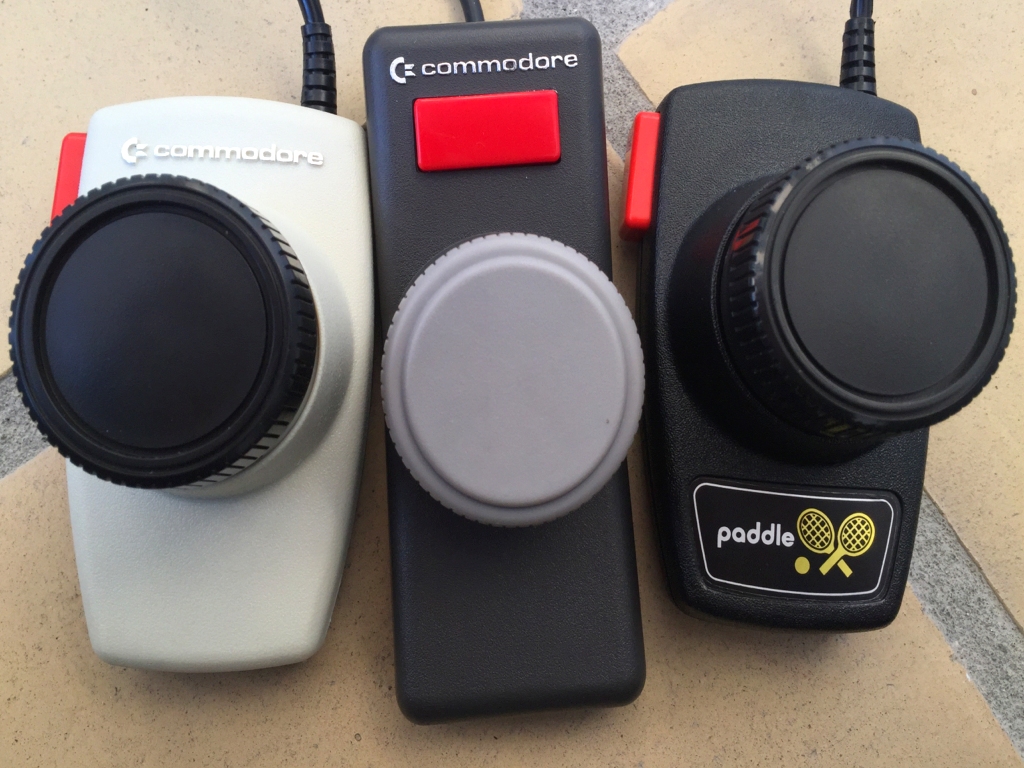
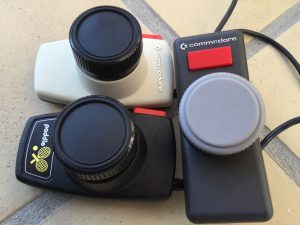
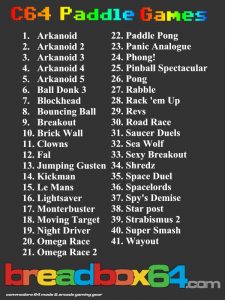
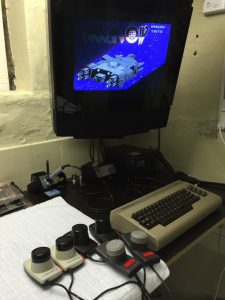
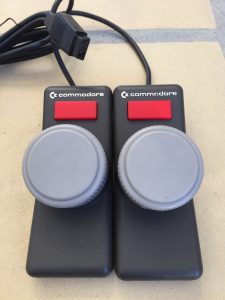
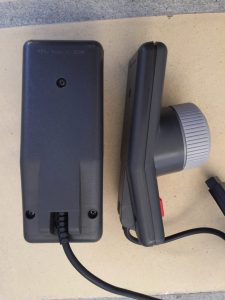
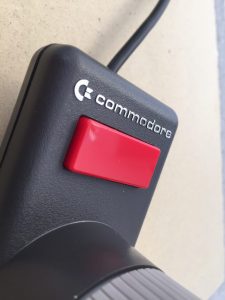
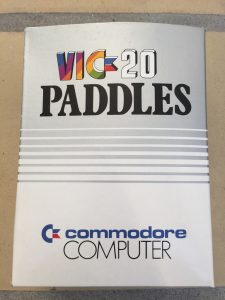
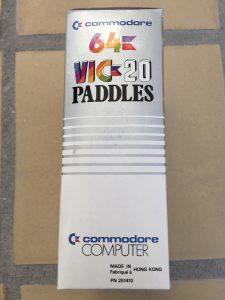
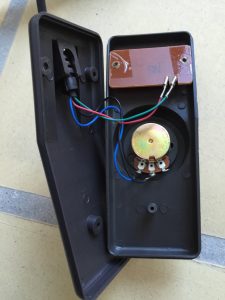
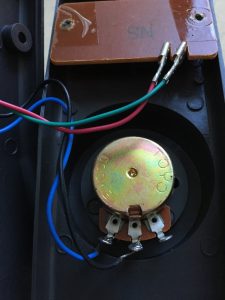
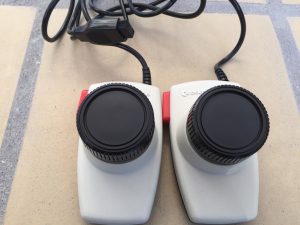
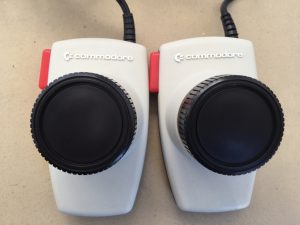
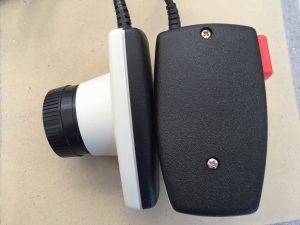

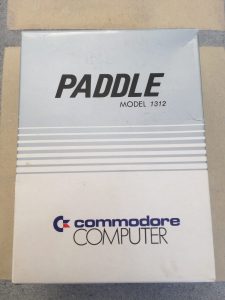
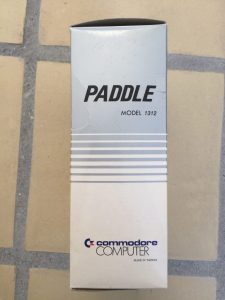
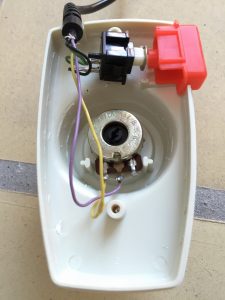
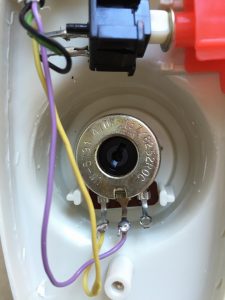
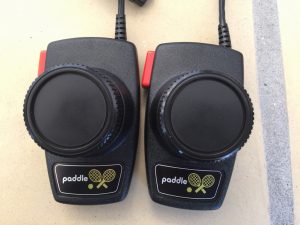
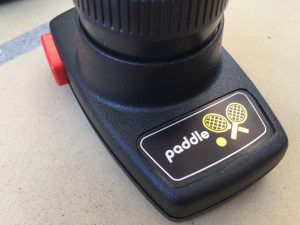
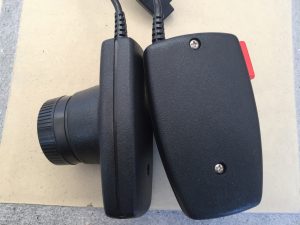
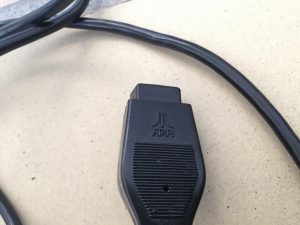
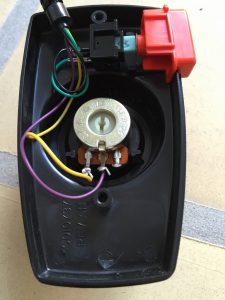
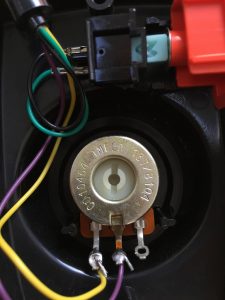
Great review! I bought the Atari ones last year. Also, never having owned back in the days. They certainly breathe new life in most of the games that support them. I was a bit surprised to see your list includes Arkanoid II, as I thought that part 2 didn’t support paddles. Much to my disappointment. Can you double check that?
BTW, another personal favorite game of mine, TRAZ, sadly doesn’t support paddles.
Also, I read that there are different kind of Atari paddles. These ones, for Pong like games. And different ones specifically for driving games. I only have the first ones though.
Hi jab76,
thanks for your comments. Fairlight released a version of Arkanoid II in 1988 (game link) which supports paddles. The original version of the game may not support paddles – I have to double check that 🙂
Yes, Atari released another paddle for their Indy 500 driving game. The only differences are the label (a race car instead of tennis rackets) and that they do not come in pairs.
I see what you mean regarding TRAZ (transformable arcade zone) – would certainly be easier to play the game with paddles 😕
Thanks for the link to that version. I will try it out. Great fun!
Also, my three year old son plays a lot better with paddles then with a joystick. Both input devices being quite alien to him. He wants to touch the 1701. Haha!
That Arkanoid II isn’t the real Arkanoid II: Revenge of Doh. It’s just a hacked version of Arkanoid with different layouts 🙁 Furthermore, the Atari driving controllers for Indy 500 aren’t paddles. Unlike paddles, the driving controllers turn a full 360 degrees.
As for the VIC-20 paddles; I’m sure they’re not very good, but I just wanted to point out that you can turn them 90 degrees and hold them sideways to make the button easier to press. Paddle knobs don’t really have a top on them, so it doesn’t matter which way you hold them. OK yes, the pot does have a top and technically, there’s a point where the knob is centered, but turning it 50 degrees to the right works the same no matter which way you’re holding the case.
Hi Rekrul, thanks for clearing up the info on the Indy 500 Atari 2600 paddles. I was under the impression that the main difference is the stickers on the front (and that they do not come om pairs). My bad 🙁
You are absolutely right about turning the paddles 90 degrees to either side to make the grib as comfortable as possible. However, the VIC20 paddles are still very flimpsy while the Atari and the Commodore versions are way more sturdy.
Goodmorning everyone! Since you’re a fan of 80s games, I’ve been working with a Commodore VIC-20 that’s been working for over thirty years! I found a problem with the paddle operation right from the start. Both the grey paddle with the red centered button and the white paddle with the red side button conflict with each other. Depending on how I place the knob, the other works imprecisely. Can you give me a solution to solve this problem? Thanks for the attention!
Hi Stefano, as far as I know this problem is related to the VIC-20 and not the paddles. Several people have reported issues on this machine but not on the Commodore 64 🙂
In case anyone is interested in a little more detail, the Atari driving controllers used with the Indy 500 game are very different to the standard paddles. You immediately notice they can rotate indefinitely in either direction with no physical start or end limit.
A standard paddle measures the physical position between minimum and maximum rotation using the absolute resistance of a simple potentiometer. The driving controller on the other hand measures paddle movement only, positively or negatively with no physically defined center. This way you never need to find the centre point or risk running out of rotation when continuously turning left and right in Indy 500 🙂 Given this behaviour was not entirely necessary (after all an actual steering wheel needs to be centered!) this technique may have helped reduce jitter which could have spoilt the game experience.
Hi Rhythmbox, I have never held the Atari Indy 500 paddles in my hands so I did not know that. Thanks 🙂
If someone have a pair of the white paddles (Commodore Model 1312 Paddles), I’m very interested!
Someone with the skills needs to hack Arkanoid II: Revenge of DOH C=64 to use paddles!
I always hated the fact that Arkanoid II didn’t support paddles, even though the first
one did plus both of the ARCADE versions do! The game is designed to be played with paddles! Even the NES version sold with paddles! The mouse is way worse than the paddle and only sucks a tad less than key/joy.
I’m sure doing a paddle hack would be easy, it already supports 2 different mice. All they need to do is replace one of those with paddles. It may only need a few bytes changed!
Let’s not call the Atari 2600 Indy 500 Driving Controller a “Paddle”. It’s called the “Driving Controller” because it’s a “Spinner” and spins a full 360 Degrees. It’s also a fully digital controller. Although Atari Inc. only made one game for use with it – “Indy 500” – there’s more than a few home brews and hacked existing titles on the Atari 2600 and the Atari 8-bit computers that make use of it now. There’s even a couple of home brews on the Vectrex that support the controller as well.
Also, the Commodore 1312 Paddles resemble the Atari Paddles because Commodore stole the design. They also stole the design for the iconic Atari CX40 Joysticks. Atari Inc sued them over it and that’s why Commodore stopped making both products…
The Atari 2600 paddles are Atari CX30 Paddles. Looks like commodore ripped off these as well as the cx40 joystick
Actually, Arkanoid was designed to be played with a spinner, not a paddle. Same with omega race, and many other paddle classics. The indy 500 driving controllers are spinners, and would be perfect for arkanoid.
Well, back when I first got LeMans for my C-64 I borrowed a neighbors set of paddles for their Atari and I couldn’t steer all the way with them. So I got a regular C-64 set and they worked great. I was 11 at the time, so memory isn’t exact. Hope this helps.